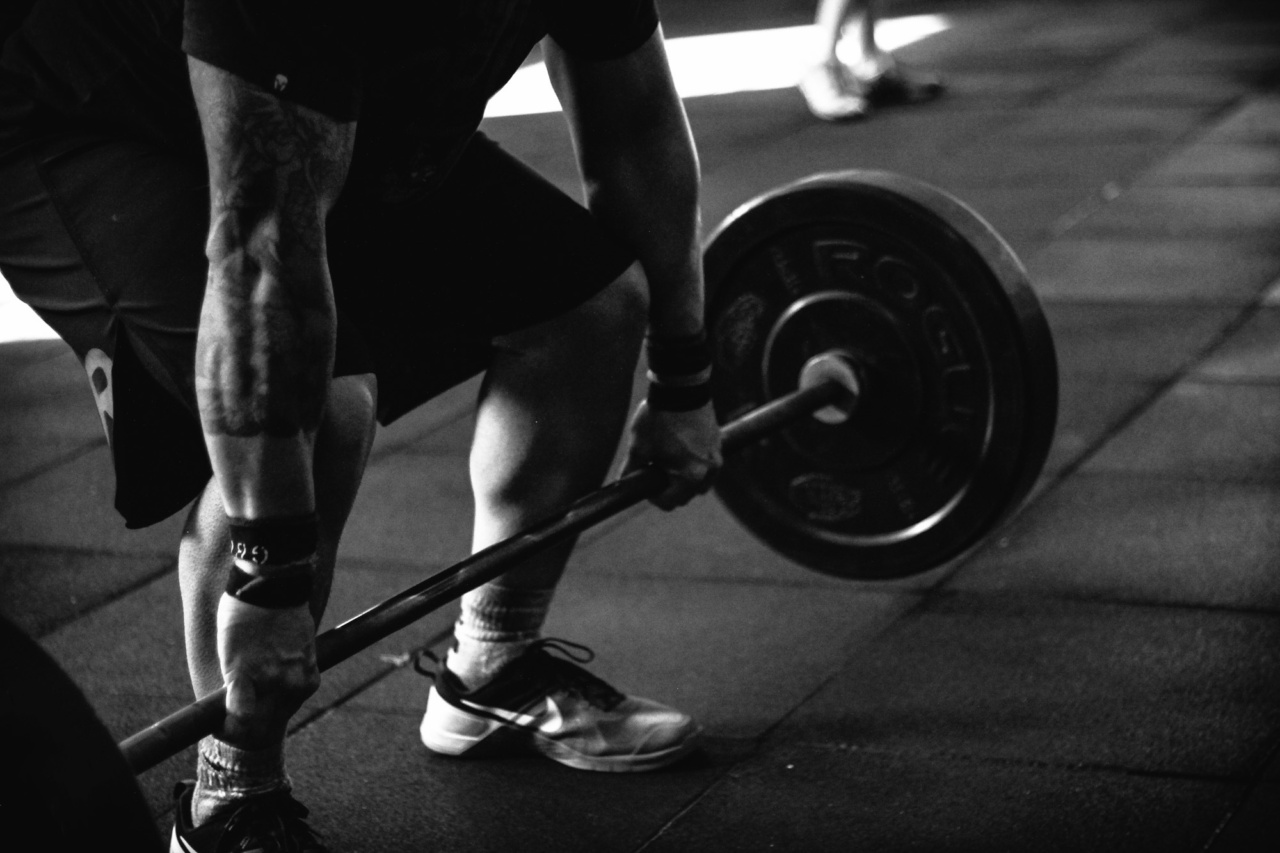Protein is one of the essential nutrients for muscle building and strength. When you consume protein, your body breaks it down into amino acids, which are the building blocks of muscles.
Amino acids promote muscle growth, repair muscle tissues, and help to maintain muscle mass. In this article, we’ll look at the optimal protein consumption to enhance muscle strength and provide an ultimate guide to protein consumption for muscle strength.
How Much Protein Do You Need?
The amount of protein you need depends on various factors such as your body weight, physical activity, and muscle-building goals. The general rule of thumb is to consume 0.8 grams of protein per kilogram of body weight.
However, if you are trying to build muscle, your protein needs may be higher.
A research study by the International Society of Sports Nutrition recommends consuming 1.4-2.0 grams of protein per kilogram of body weight for maximizing muscle strength and size.
For instance, if you weigh 75 kg and want to build muscle, you should consume between 105-150 grams of protein per day.
When Should You Consume Protein?
Consuming protein within 30 minutes after your workout is the optimal time for maximum muscle growth and repair.
This post-workout window is known as the “anabolic window,” where your muscles are highly receptive to nutrients such as protein.
Furthermore, it is essential to consume protein throughout the day, especially with each meal, to maintain a positive nitrogen balance. A positive nitrogen balance means that your body is in an anabolic state and is synthesizing muscle protein.
Therefore, you should consume protein with breakfast, lunch, dinner, and snacks.
What Are the Best Protein Sources?
The ideal protein sources for muscle strength are those that have all the essential amino acids, are easily digestible, and have a high biological value. These include:.
- Whey protein
- Casein protein
- Eggs
- Lean meat
- Fish
- Chicken
- Turkey
- Beans and legumes
- Nuts and seeds
- Greek yogurt
Whey protein is one of the most popular protein supplements for muscle building. It is quickly absorbed by the body and has a high biological value.
Casein protein is a slow-digesting protein that releases amino acids into the bloodstream over several hours, making it an ideal protein source before bed.
Eggs are a complete protein source that is easily digestible, making them ideal for muscle building. Lean meat, fish, chicken, and turkey are excellent sources of high-quality protein that also provide essential nutrients such as iron and zinc.
Beans and legumes are plant-based protein sources that are rich in fiber and other nutrients. Nuts and seeds are also great protein sources that provide healthy fats, fiber, and vitamins.
Greek yogurt is an excellent protein source that is also low in fat and calories.
How to Calculate Your Protein Needs?
To calculate your protein needs accurately, you need to know your body weight in kilograms and your desired protein intake in grams per kilogram of body weight. The formula is as follows:.
Body weight in kilograms x desired protein intake in grams per kilogram of body weight = total protein intake per day.
For example, if you weigh 75 kg and want to consume 1.8 grams of protein per kilogram of body weight:.
75 kg x 1.8 g = 135 g of protein per day.
Protein Intake for Endurance Athletes
Endurance athletes such as marathon runners, triathletes, and cyclists also require protein for muscle repair and growth. However, their protein needs may be lower than that of strength athletes.
The general recommendation for endurance athletes is to consume 1.2-1.6 grams of protein per kilogram of body weight.
Endurance athletes should also consume protein during their training sessions to maintain a positive nitrogen balance.
Protein-rich snacks such as Greek yogurt, protein bars, or protein shakes are ideal options for consuming protein during training sessions.
The Bottom Line
Protein is an essential nutrient for muscle strength and growth. Consuming enough protein is crucial for maximizing muscle strength and muscle mass.
You should aim to consume between 1.4-2.0 grams of protein per kilogram of body weight daily, depending on your goals.
Protein sources such as whey protein, casein protein, eggs, lean meat, fish, chicken, turkey, beans, legumes, nuts, and seeds are the best options for muscle building.
It is also crucial to consume protein within 30 minutes after your workout and throughout the day by incorporating protein-rich foods into each meal.





























